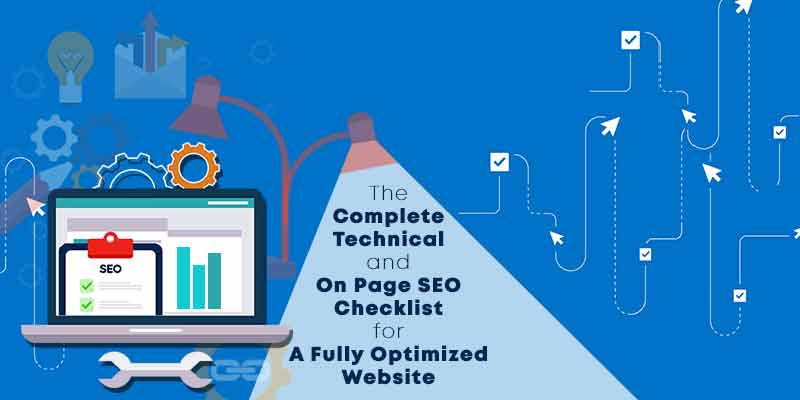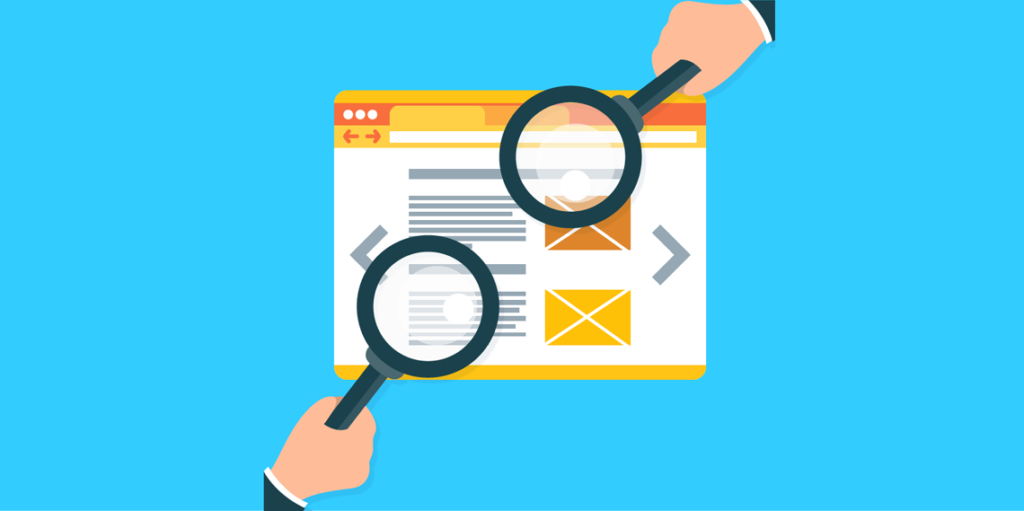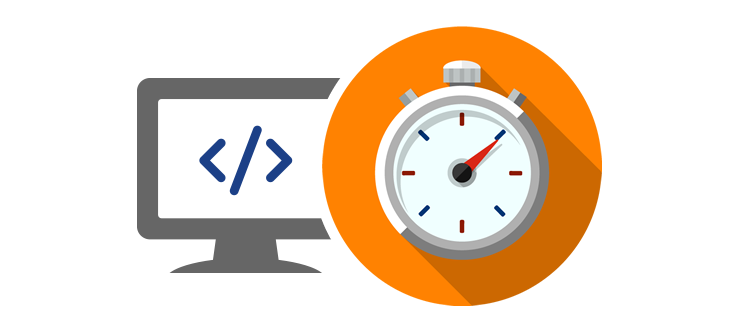I hope you enjoy reading this blog post.
If you want to get more traffic, Contact Us

Click Here - Free 30-Minute Strategy Session
Be quick! FREE spots are almost gone for this Month. Free Quote

Let’s not pretend that optimizing your site according to On Page SEO Checklist is easy.
It’s easy to get lost in the myriad of steps and processes to ensure that your site ranks well and attracts traffic.

Click Here – Free 30-Minute Strategy Session
Be quick! FREE spots are almost gone for this Month
However, any problem can be broken down into smaller pieces and addressing each smaller problem in isolation becomes easier.
SEO is no different!
Once you break down the processes involved into smaller parts, you can then take up each one individually.
So let’s look at the three aspects of SEO each with its own unique characteristics.
They are:
In this article, let’s look at the first two aspects, and you can find the next part about Off-Page SEO here.
The aim of the article is to provide you with an SEO implementation checklist for each of the parameters so you can audit your site against each of the point.

Simply put, all the aspects of your website that goes in at the time of building or coding along with content forms on page SEO.
Just keep in mind that these parameters are directly under your control and therefore it’s the perfect place to start.
As the name suggests, this aspect of SEO is applied at the page level.
So the points discussed here should be applied to all the pages that you like the search engines to index.
Within on-page optimization, the process begins with targeting the right keyword.
Although you can target several keywords within a page, the best practice is to limit each page to one or two keywords.
If you end up targeting more than two keywords, you should review your site structure and consider breaking up that page into two.
Before you audit your site using the website audit checklist template provided, it’s a good idea to know where you stand.
To do this simply visit this keyword position checker and enter the page URL along with targeted keywords.
The tool assigns a position to your page with respect to the keyword entered. This position is the overall rank.
For example, if the rank is 6, then you URL will be 6th on the first page of SERP. If the rank is 11, it means your URL will be 1st on the 2nd page of SERP and so on.
This will give you an idea about where each of the pages stand vis-a-vis the targeted keywords within the page.
And once you know where each page stands, you can then determine the effort and direction required to push up the ranking order.
Armed with the page rank for each of the page on your site, you are now ready to consider each of the point mentioned in the checklist.
Note that search engines consider as many as 200 factors while determining the page rank.
However, the factors mentioned in this article (and the next), together account for approximately 80% of the weightage.
As you develop your SEO strategy and move from basic SEO checklist to advanced SEO checklist, you will add more factors and that will eventually give you the edge.

As the name suggests, technical SEO deals with aspects of website optimization that are related to the technicalities of website functioning.
From the server end functionalities such as page load speed to the search engine side functionalities such as indexing, these parameters form the crucial factors that determine the overall performance of your site.
Although most SEO specialists merge this with On-Page SEO, it’s important to differentiate technical SEO checklist from on page SEO checklist because the factors that are covered under this topic applies to the whole site.
That is, you don’t have to apply these techniques to each page of your site but only on your site as a whole.
So let’s look at the factors that determine your website’s performance from a technical SEO standpoint.
Indexing is the process of search engines finding out the existence of your website among the millions of sites in the world wide web.
It seems obvious that once your site is out there live, search engines will find it.
While it’s true that search engines will eventually find your site, it might take a longtime for it to happen on its own.
To find out if your site is indexed, simply type “Site:yoursite.com”, without the quotes into Google.
If your site is indexed, you are good to go.
If not, there are few proactive steps that you can take to force Google to index your site.
Sharing links to your site on Google+ and ensuring that your followers like and share your content is one sure fire way.

Most visitors to a website will abandon the site and move on if they wait for more than few seconds while it loads.
With high site load time, you not only lose potential visitors, but also lose vital search engine points towards a better page rank.
One way to check if your website loads fast is to use Google’s very own PageSpeed site and click on “Analyze with PageSpeed Insights”.
Put in your root domain and and click ‘Analyze’.
After conducting a thorough check of your site, Google will arbitrarily assign a number between 0 and 100.
Higher the number, higher the page load speed.
What’s more, it also gives you a list of corrective measures specific to your site.
Once you have addressed all the issues laid out by the tool, you are good to go.
As a rule of thumb, any score that’s above 60 is considered decent.
This is one of the most common technical issues due to which a website might lose its SEO value.
The best way to detect whether your site has these issues is through Google’s Webmaster Tools.
Creating an account within this tool requires that you verify the ownership of your website. This step includes accessing your site’s codes.
If you are not familiar, contact your IT guy.
To view the server response codes that your site returns to your users, check “Health” and “Crawl Errors”.
These two sections are a goldmine of information about access-denied issues, page-not-found 404 errors, and the likes.
No site can be technically perfect and it’s alright to have few errors.
However, if your site has too many of these errors, check with your site’s webmaster and try to resolve as many as possible.
The Webmaster Tool we discussed in the previous section is lot more than just finding server errors.
There’s a whole host of features and tools waiting to help you fix a range of technical issues in your site.
There are various articles on the world wide web that you could use to better understand the features that this tool offers.
Here’s an article that will help you get started.

Like I mentioned earlier in this article, Google uses more than 200 factors to rank a page.
Some are positive (presence boosts ranking) and some are negative (presence diminishes page rank).
Broken links emanating from your site clearly belongs to the latter.
To find and fix these broken links, you could use any of the free online tools.
I find Broken Link Checker to be one of the best.
You simply enter your root domain in the tool and let it do all the spade work.
Once it gives you a list of broken links, you could either fix them if they are important or remove them if they are no longer relevant or useful.
The process of optimizing your website no longer has to be a confusing one.
With a proper approach that’s based on careful categorization and meticulous implementation, you can systematically determine and fix the issues that affect and take advantage of the factors that boost your page rank.
With both on page SEO checklist and technical SEO audit checklist, you are now equipped to optimize your site and take it to the next level.
Keep in mind that the checklists provided here only takes care of the most important factors and you will need to polish it up if you want your site to compete with the best ones out there.
Do you have any SEO factor in mind that you would like to know more about?
Is there an innovative way to implement any of the parameters discussed here?

LEAVE A REPLY